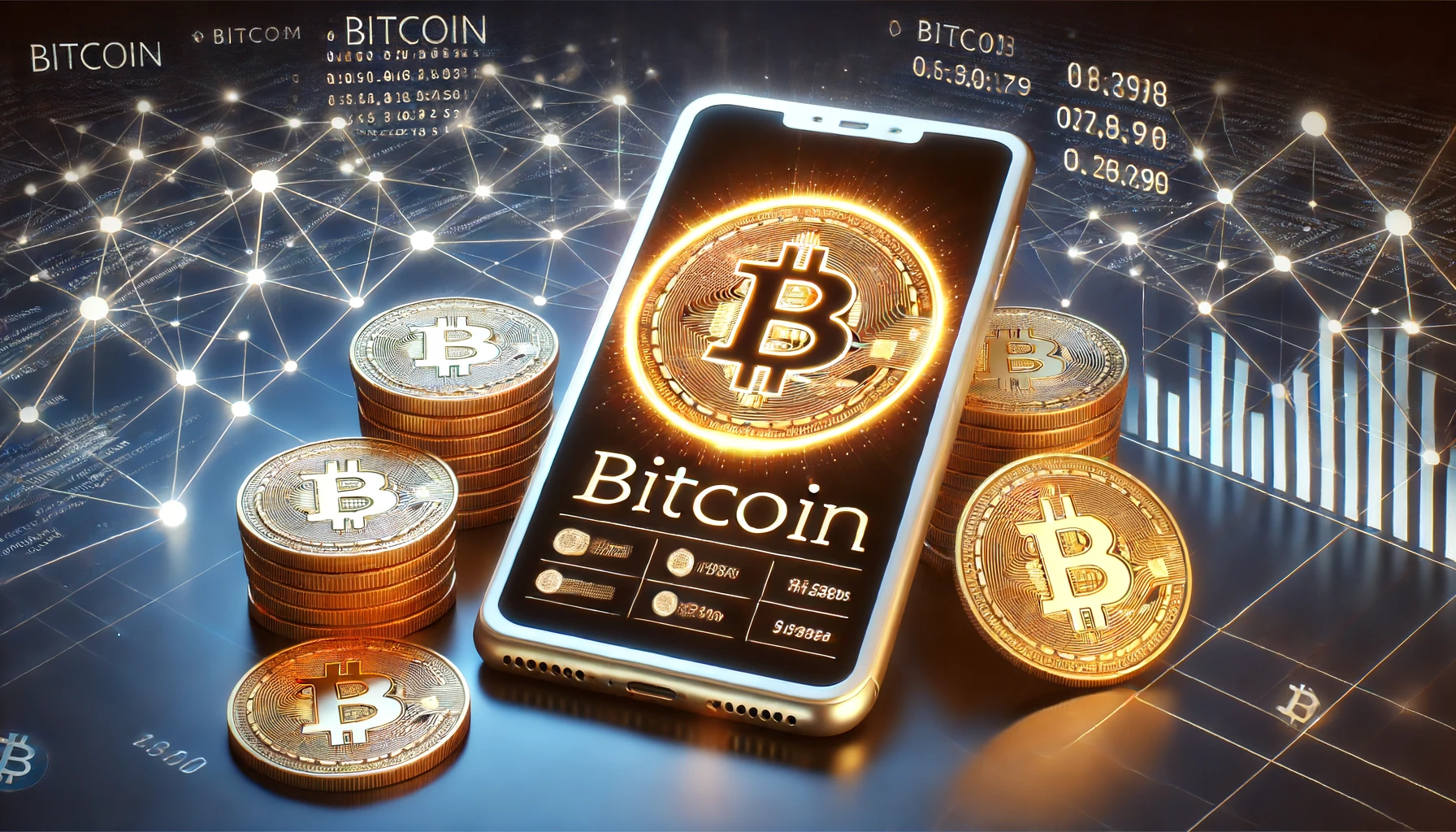Understanding the differences between tokens and coins is crucial for blockchain developers, impacting the design and implementation of blockchain projects.
Points
- Differences between tokens and coins.
- Importance of understanding these differences for blockchain developers.
- Detailed process of creating both tokens and coins.
- Practical considerations and development tools.
For blockchain developers, knowing the difference between tokens and coins is crucial. This knowledge significantly impacts how they design blockchain projects, ensuring the chosen digital asset type is appropriate for the specific use case, thereby enhancing functionality, security, and user adoption.
Basics of Cryptocurrency
Cryptocurrency is a digital currency that uses cryptographic techniques to secure transactions and control the creation of new units. The core component of cryptocurrencies is the blockchain, a distributed database that records all transactions across the network.
Coins
Coins operate on their own blockchain, like Bitcoin (BTC) and Ethereum (ETH). They serve various purposes, such as digital currency and executing smart contracts.
How Coins Are Created
- Design and Conceptualization: Define the coin’s purpose and features.
- Blockchain Selection: Decide whether to create a new blockchain or use an existing one.
- Development: Build the coin’s protocol, including the consensus mechanism.
- Testing: Ensure functionality and security through trials on a test network.
- Deployment: Release the coin on the blockchain for transactions.
- Promotion and Adoption: Implement strategies to boost user adoption.
Tokens
Tokens are digital assets built on pre-existing blockchain frameworks, like ERC-20 tokens on Ethereum and BEP-20 tokens on Binance Smart Chain. Unlike coins, tokens leverage the existing security and technology of the host blockchain.
How Tokens Are Created
- Define the Token: Determine the goal, features, and technical specifications.
- Choose a Blockchain Platform: Select a blockchain like Ethereum or Binance Smart Chain.
- Develop the Smart Contract: Code the smart contract to control the token.
- Testing: Run the smart contract on a testnet to ensure security and functionality.
- Deployment: Launch the smart contract on the mainnet.
- Distribution: Implement strategies for token distribution and tracking.
Key Differences Between Tokens and Coins
- Blockchain: Coins have their own blockchain; tokens use existing blockchains.
- Creation: Coins require building a new blockchain; tokens are created using smart contracts.
- Use Cases: Coins often act as digital currency or for smart contracts; tokens serve various purposes like utility and security.
Practical Considerations
Development Tools and Platforms
- Coins: Platforms like Hyperledger Fabric and Tendermint, coding languages like C++, Python, and Go.
- Tokens: Ethereum, Binance Smart Chain, Polkadot, and Solana, with smart contract languages like Solidity.
Challenges
- Security: Ensuring the security of coins and tokens is paramount.
- Compliance: Adhering to regulatory requirements.
- Scalability: Ensuring the blockchain or platform can handle increased transactions.
- Community Support: Having a strong developer and user community.
Conclusion
Understanding the differences between tokens and coins is essential for blockchain developers. This knowledge helps in creating the right digital asset for specific needs, ensuring the success and adoption of blockchain projects.
解説
- Differences between tokens and coins are crucial for blockchain project design.
- Coins operate on their own blockchain; tokens use existing blockchains.
- Practical considerations include development tools, security, compliance, and scalability.
- Understanding these differences helps in creating successful blockchain projects.
